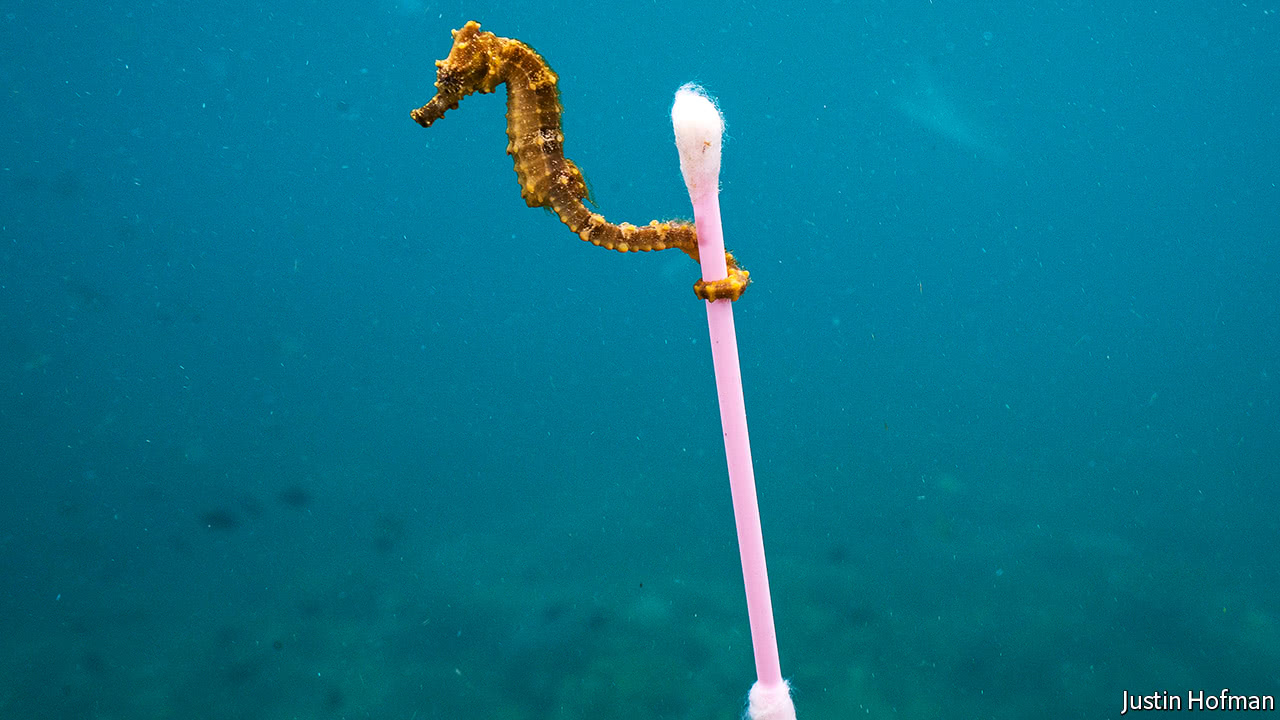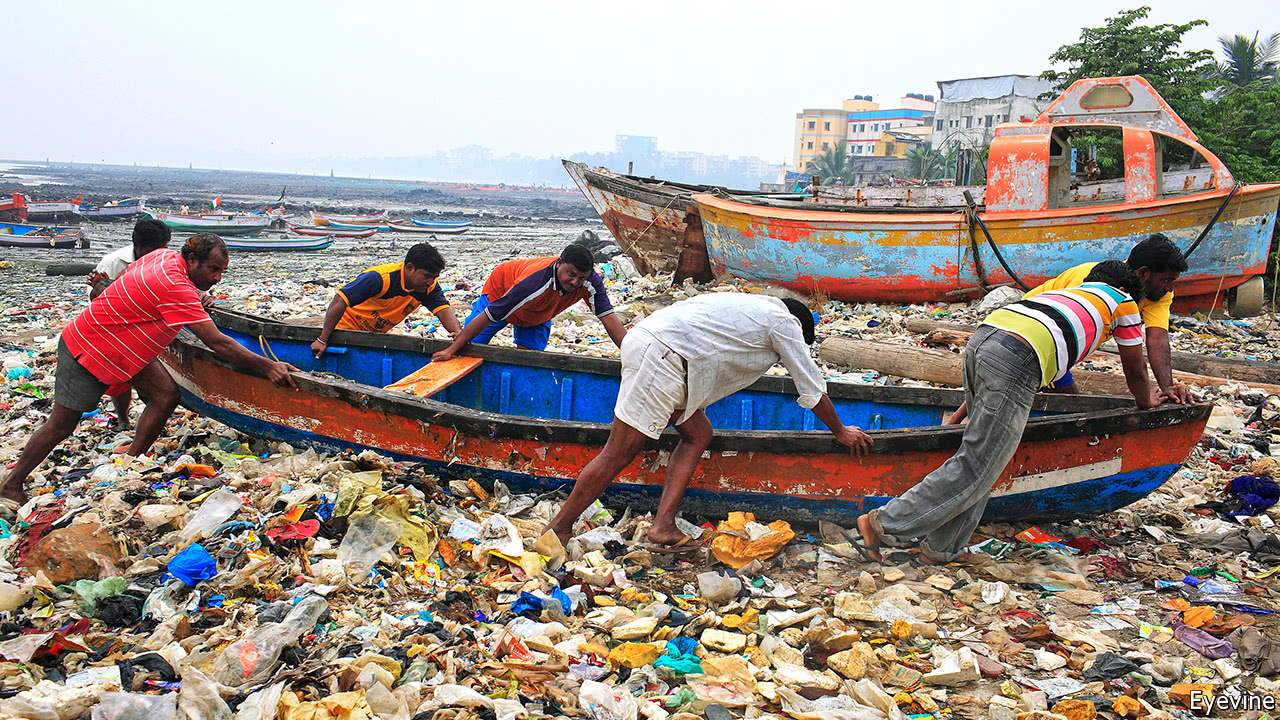Published on March 10, 2018
The Psychology of Progressive Hostility
Recently, I arrived at a moment of introspection about a curious aspect of my own behavior. When I disagree with a conservative friend or colleague on some political issue, I have no fear of speaking my mind. I talk, they listen, they respond, I talk some more, and at the end of it we get along just as we always have. But I’ve discovered that when a progressive friend says something with which I disagree or that I know to be incorrect, I’m hesitant to point it out. This hesitancy is a consequence of the different treatment one tends to receive from those on the Right and Left when expressing a difference of opinion. I am not, as it turns out, the only one who has noticed this.“That’s a stupid fucking question,” answered a Socialist Alliance activist when I asked sincerely where they were getting what sounded like inflated poverty statistics. “If you don’t believe in gay marriage or gun control, unfriend me,” demand multiple Facebook statuses from those I know. “That’s gross and racist!” spluttered a red-faced Ben Affleck when the atheist and neuroscientist Sam Harris criticized Islamic doctrines on Bill Maher’s Real Time. Nobody blinks an eye when Harris criticizes Christianity, least of all Affleck, who starred in Kevin Smith’s irreverent religious satire Dogma. But Christians are not held to be a sacrosanct and protected minority on the political Left. As Skeptic Magazine’s Michael Shermer tweeted recently:I'm a centrist: I hold some conservative views and some liberal views.But I'm more afraid of talking to my liberal friends about my conservative views than I am talking to my conservative friends about my liberal views.
— Melissa Chen (@MsMelChen) January 16, 2018
Outbursts of emotional hostility from progressive activists – now described as Social Justice Warriors or SJWs – have come to be known as getting ‘triggered.’ This term originally applied to sufferers of Post-Traumatic Stress Disorder, but activists have adopted it to describe the anxiety and discomfort they experience when they are exposed to views with which they disagree. “Fuck free speech!” one group of social justice advocates recently told Vice Media, as if this justified the growing belief among university students that conservatives should be prevented from speaking on college campuses. It’s no secret that, with the rise of the triggered progressive, university professors are increasingly intimidated by their own students. An illustrative example of this alarming trend was provided by the hoards of screaming students who surrounded the distinguished Yale sociologist Nicholas Christakis and demanded his head (which they duly received). Christakis had made the mistake of defending an email his wife had written gently criticizing Yale’s attempts to regulate students’ Halloween costumes. “Who the fuck hired you?!” screamed one irate student in response. “You should step down!”When I debate Christians, Jews, Creationists, climate deniers etc. they are unfailingly polite, respectful, thoughtful, discerning, & listen to my arguments. Far Left SJWs do not. They simply look for fault & pounce. @EricRWeinstein @BretWeinstein @benshapiro @RubinReport— Michael Shermer (@michaelshermer) January 21, 2018
This sort of my-way-or-the-highway mentality is now spreading well beyond the urban university and into even remote communities. In the small Outback Australian town of Alice Springs where I once lived, agitators have attacked and attempted to silence the local aboriginal town councillor Jacinta Price for her principled efforts to improve the lives of her people. When Price tried to sound the alarm about skyrocketing sexually transmitted diseases, or the adult rape of children in aboriginal communities, she was shouted down as a ‘traitor’ and a ‘coconut’ (a term of disparagement used to describe a person deemed to be black on the outside and white on the inside). These criticisms do not come from the majority of aboriginal people in Alice Springs, but from a minority of furiously offended activists who, in their own little circles, plot to have Price undemocratically removed from the town council. Censorship is now the instrument of choice, and a reactionary authoritarianism increasingly defines what the liberal Muslim activist Maajid Nawaz has termed the ‘Regressive Left.’
So how and why have these activists become so intolerant and horrible to deal with? Part of this hostility can be explained by a wilful ignorance and incuriosity about ideas with which they disagree.
Every so often, a progressive friend will peruse my bookshelf in a thought-police sort of fashion. What happens next is fairly predictable. Once they realize that Malinowski’s Melanesian epic The Sexual Life of Savages doesn’t include any erotic pictures, they will turn their attention to the Ayn Rand collection. “Why do you have these?” they ask with an air of indignation, holding up a copy of Capitalism: The Unknown Ideal. “Have you ever read her?” I will ask. “No,” they reliably respond.
The liberal philosopher John Stuart Mill once explained that, “The greatest orator, save one, of antiquity, has left it on record that he always studied his adversary’s case with as great, if not with still greater, intensity than even his own.” Mill held that unless we carefully study the views of those with whom we disagree, we will never really know what they’re right or wrong about. “He who knows only his own side of the case,” Mill wrote in his 1859 book On Liberty, “knows little of that.” Our opponents could be right for all we know or care, because they may know a fact or offer an argument we’ve never thought to consider. And even if they aren’t right, Mill points out that specks of truth may exist among their falsehoods which can guide our minds in new directions.
Sprinkled throughout what I regard as Rand’s erroneous theory of Objectivism, are moments of penetrating insight. In his critique of her work, the late president of the American Philosophical Society Robert Nozick called her writing “powerful, illuminating and thought provoking.”1
The world is more complex than we can imagine, and every new point of view we encounter can enrich our understanding even if we don’t embrace it entirely. But this comes with the risk of self-effacement and growing uncertainty. Imagine that you are standing in a small clearing in the middle of a vast forest, and that this forest represents your ignorance of the world. The clearing you stand in represents your knowledge. As one gains knowledge, the clearing expands and the forest of ignorance recedes. But as the clearing expands, so does its circumference and so the area of contact between knowledge and ignorance also grows, and our knowledge of the extent of our ignorance grows with it. So, paradoxically, the wiser we become, the less wise we feel. This is the wellspring of intellectual humility, the Socratic realization that the more you know, the more you realize you don’t know, and the more apparent it becomes that your own opinions are susceptible to fallibility.
This is a tremendous problem for progressive students entering higher education, where remarkably homogenous viewpoints are taught and heterogeneous ideas are shunned. For example, one of the concepts most ridiculed by philosophers in recent decades has been the notion of ‘social justice,’ which has received such a beating that the Nobel Prize winning economist and philosopher Friedrich von Hayek once remarked that shame should fall upon people who still defend the idea.2 But ask any self-described social justice advocate to name a critic of the very idea of social justice, and they will likely draw a blank. Criticisms of social justice are routinely swept under the carpet in an environment where students are asked to embrace the concept hand-on-heart, as if no reasonable or legitimate objections had ever existed.
A whole raft of brilliant philosophers and Nobel Prize-winning economists lean to the right. The problem is that these people tend to go into business or enter academic fields like engineering, economics, and mathematics. They have therefore surrendered the humanities and what philosopher Roger Scruton has called the ‘fake fields’ of gender and ethnic studies to their political opponents on the Left, who relish their role as the unchallenged shapers of student minds. According to a 2005 survey3 conducted in the United States, there was only one Republican sociology professor in the humanities for every 40 Democrat professors, and we now know the extent of the resentment when views outside the progressive consensus trespass on their territory.
Last year, the Wilfred Laurier scandal shocked conservative and moderate professors when a young teaching assistant by the name of Lindsay Shepherd revealed that she had been interrogated and disciplined by her superiors for showing a Youtube video to her communication studies class. The video in question was of a televised debate between a group of progressives and psychologist Jordan B. Peterson about whether or not the law should punish Canadians who refuse to use new transgender pronouns like ‘zir’ and ‘ver.’ During Shepherd’s surreptitious recording of the interrogation, her superiors can be heard explaining that professor Peterson’s views were “problematic,” and that she should have either criticized them or not exposed her students to his opinions at all. “But that would be taking sides,” protested an audibly distressed Shepherd, who insisted that, although she didn’t share Peterson’s views herself, she had played the video to encourage a class debate. “Yes,” replied one of her interrogators. “Can’t you see that this is something that is not really up for debate?” Her job, she was informed, is to oppose the political Right.
Given the current environment, conservatives would be advised to simply abandon academia if they know what’s good for them. On the other hand, it is a problem when a student goes through university where each and every course is taught by a left-leaning professor. For conservative students, the toxic and hostile university environment needn’t cripple their intellectual development. These students arrive at university with conservative ideas and will naturally seek out and read conservative authors in their own time to balance out the latest application of progressive doctrine to which they are subjected in class. The most ambitious will be familiar with both Rand and Marx, Keynes and Hayek, Galbraith and Friedman, Krugman and Sowell, Picketty and Peterson. But we ought to worry about the progressive student who arrives with progressive ideas, and is then showered in class with more of the same and reinforces them in their own time. Such students live in a much smaller cultural universe than the cosmopolitan intellectual world through which the conservative will be made to travel. This isn’t to deny that bigoted reactionaries on the opposite side of the spectrum also inhabit a tiny intellectual space. But that does not excuse the closing of the mind at a university.
In 2014, one of the world’s leading scholars in the field of moral psychology was publicly accused of homophobia for showing his class a video about the phenomenon of ‘Moral Dumbfounding.’ A transcript of the video Jonathan Haidt showed his class can be read here, and a transcript of the apology he offered his class the next day can be found here. A subsequent investigation by the university’s Office of Equal Opportunity found no evidence of wrongdoing. But, rather than being put off by this brush with reputational disaster, Haidt became fascinated by the problem of hypersensitivity at university. “It’s a crazy time, but it’s also a fascinating time to be a social scientist,” he has since remarked, “It’s the dawn of a new religion, and I study moral psychology as though religion, politics, even sports, they’re all manifestations of a tribalism.”
 In his remarkable book The Righteous Mind: Why Good People are Divided by Politics and Religion,
Haidt recalls a telling experiment. He and his colleagues Brian Nosek
and Jesse Graham sought to discover how well conservative and what Haidt
terms ‘liberal’ (ie: progressive) students understood one another by
having them answer moral questions as they thought their political
opponents would answer them. “The results were clear and consistent,”
remarks Haidt. “In all analyses, conservatives were more accurate than
liberals.” Asked to think the way a liberal thinks, conservatives
answered moral questions just as the liberal would answer them, but
liberal students were unable to do the reverse. Rather, they seemed to
put moral ideas into the mouths of conservatives that they don’t
hold. To put it bluntly, Haidt and his colleagues found that
progressives don’t understand conservatives the way conservatives
understand progressives. This he calls the ‘conservative advantage,’ and
it goes a long way in explaining the different ways each side deals
with opinions unlike their own. People get angry at what they don’t
understand, and an all-progressive education ensures that they don’t understand.
In his remarkable book The Righteous Mind: Why Good People are Divided by Politics and Religion,
Haidt recalls a telling experiment. He and his colleagues Brian Nosek
and Jesse Graham sought to discover how well conservative and what Haidt
terms ‘liberal’ (ie: progressive) students understood one another by
having them answer moral questions as they thought their political
opponents would answer them. “The results were clear and consistent,”
remarks Haidt. “In all analyses, conservatives were more accurate than
liberals.” Asked to think the way a liberal thinks, conservatives
answered moral questions just as the liberal would answer them, but
liberal students were unable to do the reverse. Rather, they seemed to
put moral ideas into the mouths of conservatives that they don’t
hold. To put it bluntly, Haidt and his colleagues found that
progressives don’t understand conservatives the way conservatives
understand progressives. This he calls the ‘conservative advantage,’ and
it goes a long way in explaining the different ways each side deals
with opinions unlike their own. People get angry at what they don’t
understand, and an all-progressive education ensures that they don’t understand. Haidt’s research echoes arguments made by Thomas Sowell in A Conflict of Visions and Steven Pinker in The Blank Slate.
Both Sowell and Pinker contend that conservatives see an unfortunate
world of moral trade-offs in which every moral judgment comes with costs
that must be properly balanced. Progressives, on the other hand, seem
to be blind to, or in denial about, these trade-offs, whether economic
and social; theirs is a utopian or unconstrained vision, in which every
moral grievance must be immediately extinguished until we have perfected
society. This is why conservatives don’t tend to express the same
emotional hostility as the Left; a deeper grasp of the world’s
complexity has the effect of encouraging intellectual humility. The
conservative hears the progressive’s latest demands and says, “I can see
how you might come to that conclusion, but I think you’ve overlooked
the following…” In contrast, the progressive hears the conservative and
thinks, “I have no idea why you would believe that. You’re probably a racist.”
Haidt’s research echoes arguments made by Thomas Sowell in A Conflict of Visions and Steven Pinker in The Blank Slate.
Both Sowell and Pinker contend that conservatives see an unfortunate
world of moral trade-offs in which every moral judgment comes with costs
that must be properly balanced. Progressives, on the other hand, seem
to be blind to, or in denial about, these trade-offs, whether economic
and social; theirs is a utopian or unconstrained vision, in which every
moral grievance must be immediately extinguished until we have perfected
society. This is why conservatives don’t tend to express the same
emotional hostility as the Left; a deeper grasp of the world’s
complexity has the effect of encouraging intellectual humility. The
conservative hears the progressive’s latest demands and says, “I can see
how you might come to that conclusion, but I think you’ve overlooked
the following…” In contrast, the progressive hears the conservative and
thinks, “I have no idea why you would believe that. You’re probably a racist.”No doubt, other factors creep into the mix of the triggered progressive mind. Fashionable theories, such as those advanced by Jacques Derrida, teach students that all text and language is structured by power, so any argument from someone in a position of ‘gendered’ or ‘racial’ power can be disregarded, whatever its logical validity. By reinforcing this premise with a heavily left-biased education, university educators have created a Frankenstein generation of fanatical students, and are now finding that they are unable to force the genie they’ve conjured back into its bottle. With the rise of the Heterodox Academy, progressive, liberal, and conservative university professors are coming forward, united by their concerns about the dangers of educational orthodoxy and committed to bringing an end to the radical Left’s domination of the humanities and social sciences. It’s a noble stand in the name of viewpoint diversity and free inquiry, as the rest of society slowly becomes aware of what their taxes are paying for. The sharp decline in public support for the university, especially among Republicans and conservatives, suggests they are not impressed.
Matthew Blackwell is a writer currently completing a BA in Economics and Anthropology at The University of Queensland. You can follow him on Twitter @MBlackwell27





